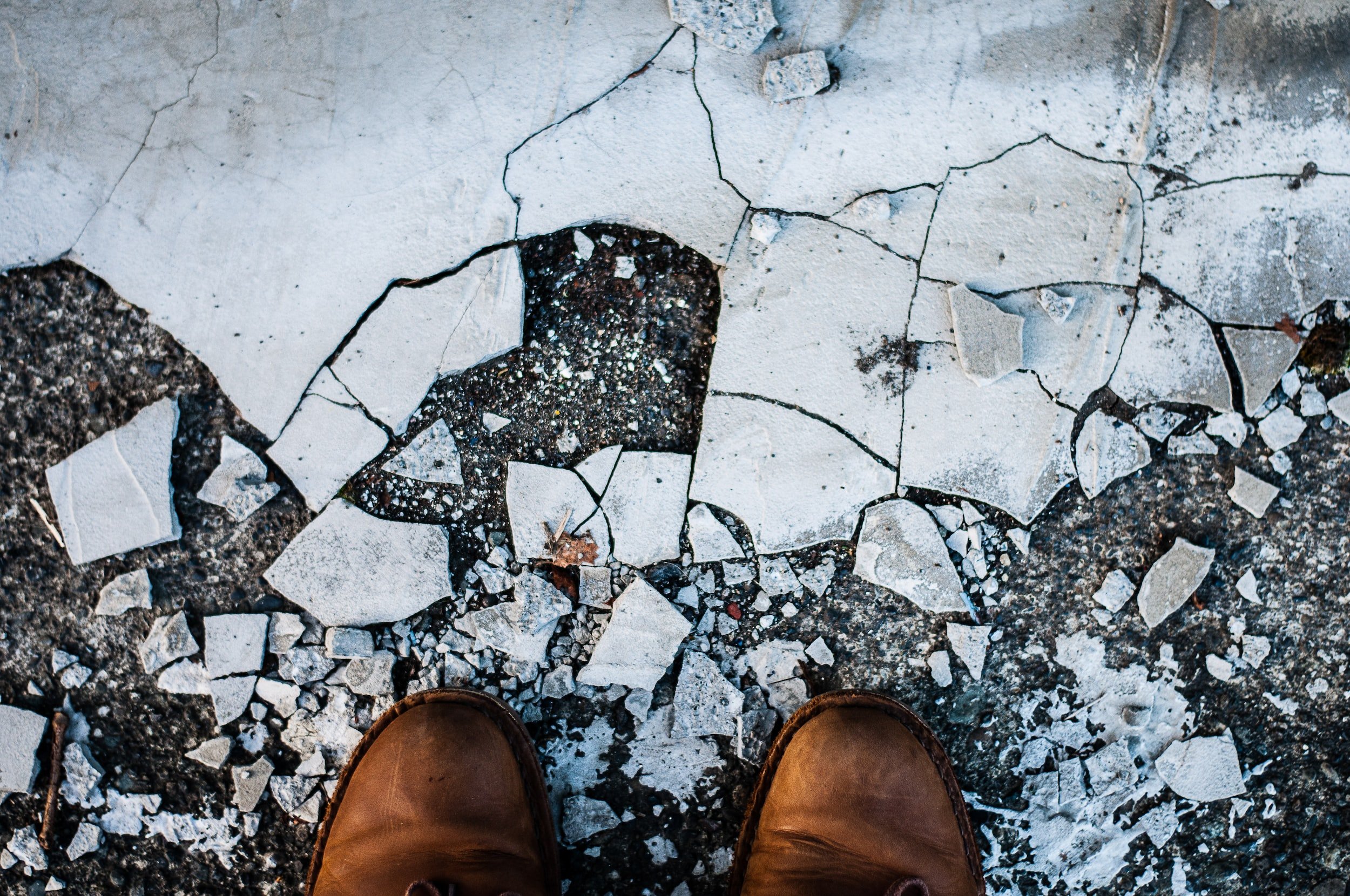Five Big Signs That you Need to Recoat Your Concrete Floors
Untreated concrete floors don’t look great, are easily stained, and are subjected to damage from falling items and chemicals. Having a protective seal applied to your concrete floors makes sense! From flake coatings to polished concrete, we can make your floors look great.
Concrete sealers go a long way to make your space look fantastic, and they protect your investment. We can match the aesthetic of any room with a stylish new look.
Just like anything, wear and tear affect concrete seals over time. So whether you have bare concrete that needs finishing or sealed concrete that’s seen better days, we have you covered.
But how will you know when your sealed concrete needs to be resealed?
Visible damage to the concrete
If your sealed concrete is beginning to crack or chip, it’s probably time to have it resealed. Spots on the floor subject to heat and cooling are the most likely to experience cracking due to the expansion and contraction of the concrete below. Seals can help prevent cracks and chips from occurring, so when you notice cracks, it’s probably time to have a new coat applied. Once a new sealant is applied, the cracks will add character to the flooring.
The concrete surface is uneven
Concrete should be level and plumb throughout the surface of the floor. If you can feel bumps, dips, or that the floor is uneven somehow, it’s probably time to have your concrete resealed. Sometimes uneven concrete can be a result of the ground below settling or moving, but it can also be a sign that your concrete is contracting and expanding in ways that cause the slab to settle unevenly.
Is standing water normal in some spots on your floor?
If there seems to be an inexplicable puddle on your concrete floor sometimes, this could be a sign that your concrete needs to be resealed. Dampness that’s hard to remove can mean a couple of different things. It might mean that your concrete is not sealed properly and needs to be resealed. It can also mean that vapor is making its way up from the floor below. Either way, a new concrete sealant will help the issue. If the issue stems from vapor from below, a new vapor barrier must be installed between the earth and your flooring before resealing the concrete.
The coating is peeling and bubbling
If your current concrete seal is peeling or bubbling, that’s a sign that it was improperly installed. Something probably went wrong with the priming or sealing of the coating, and air became trapped under the coat. If you see peeling, that’s typically because the seal was applied on top of dirty concrete. Either way, if you see peeling or bubbling in your coat, we can fix the problem and make sure that it doesn’t happen again!
Is your floor changing color?
With concrete seals and coating options, there are tons of colors and aesthetics to choose from. You probably spent a lot of time choosing your seal because of how it would look, but if it’s changing color, it could be a sign that it’s time to have it resealed. Moisture intrusion into the seal can make it change color, and it will likely end up in a puddle after a few years.
Are you ready to finish or refinish your concrete floor? It’s time to talk to a professional. Call (503) 744-0290 or email us at info@nightowlfloorservices.com to learn more about our services!


